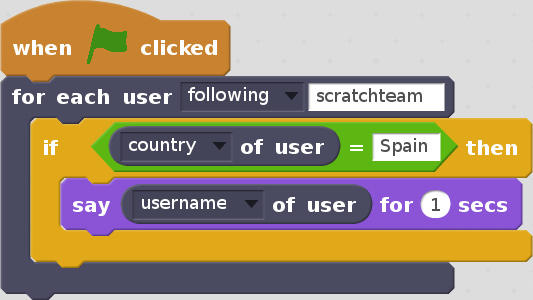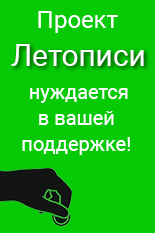Scratchegram-Based Social Inquiry
Материал из Letopisi.Ru — «Время вернуться домой»
(Различия между версиями)
(Новая страница: «= Scratchegram-Based Social Inquiry (Proposal) = == Mapping to Design == {{:Reseach based on Special:Log/Mapping to Design}} == Scratch Community Blocks == == …») |
|||
| Строка 5: | Строка 5: | ||
== Scratch Community Blocks == | == Scratch Community Blocks == | ||
| + | {{:Scratch Community Blocks }} | ||
== Proposal == | == Proposal == | ||
Версия 12:22, 23 января 2018
Содержание |
Scratchegram-Based Social Inquiry (Proposal)
Mapping to Design
Mapping communities to Engeström’s principles of design
- Clearly define the social object your service is built around.
- Define the verbs that users perform on the objects, so that it's clear what the site is for.
- Make the objects shareable.
| Community | Clearly define the social object | Define the verbs that users perform on the objects | Make the objects shareable |
|---|---|---|---|
| Globaloria http://globaloria.com/ | Computer Game | Play -> Plan -> Prototype -> Program -> Publish -> Play | Shareability |
| Scratch https://scratch.mit.edu/ | Scratch project | Imagine -> Create -> Play -> Share -> Reflect -> Imagine | Shareability - Remix, BackPack |
| NetLogo Modeling Commons http://modelingcommons.org/ | Netlogo model | Create -> Run -> Share -> Comment -> Modify -> Create variations of | Collaboratore |
| StarLogo TNG http://www.slnova.org/ | StarLogo TNG model | Create -> Run -> Edit Incorporate -> Share | ? |
| CloudWorks http://cloudworks.ac.uk/ | Cloud | Find, Share, Discuss | Shareability |
| WebGrid http://webgrid.typed.com/ | Grid | Display -> Cluster -> Map -> Crossplot -> Matches -> Compare | Shareability |
| Letopisi http://letopisi.org/ | Page, Graph | Read -> Create -> Edit -> Connect -> Share -> Read | Each wiki pages is open for editing |
Scratch Community Blocks
Just as the design of Logo by Papert and others was fundamentally shaped to support details of the constructionist theory of learning—rather than merely part of an attempt to turn children into programmers—the shift in the locus of data analysis from adults to children is only one visible feature of our approach as designers. Beyond this obvious shift lie two broad goals that parallel key features of successful constructionist learning toolkits in general. Those features are the ability to support learning through making in a social context and the ability to support self-reflection and learning about learning.

